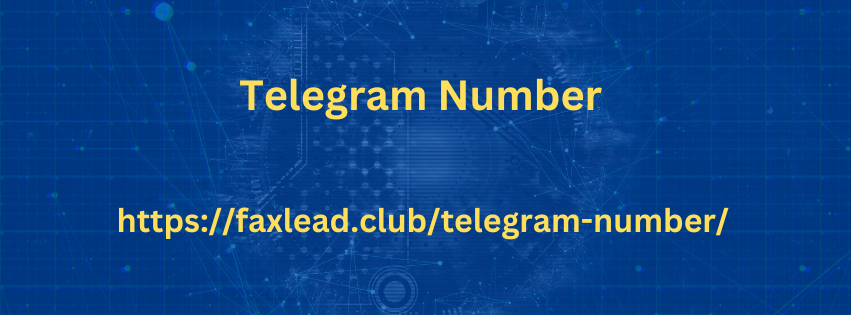|
|
Data visualization is more than just a tool for presenting information; it's an art form that can transform raw data into compelling stories. When done well, it can evoke emotions, inspire insights, and even drive change. Here's why data visualization is so powerful: Clarity and Understanding: By transforming complex data into visual representations, we can make it easier to understand and interpret. Charts, graphs, and maps can quickly convey trends, patterns, and relationships that might be difficult to grasp with numbers alone. Engagement and Storytelling: Visualizations can create a more engaging experience than plain text. They can help us tell stories with data, making it easier to connect with our audience and convey our message. Insight and Discovery: When we explore data visually, we can often uncover unexpected patterns and insights.
This can lead to new discoveries, innovations, and problem-solving opportunities. Persuasion and Influence: Effective data visualization can be a powerful tool for persuasion. By presenting data in a compelling and persuasive way, we can influence opinions, drive decisions, and inspire action. Some examples of how data visualization can be beautiful: Infographics: These visually appealing presentations can combine data, text, and images to tell a story in a concise Telegram Number and engaging way. Interactive visualizations: These allow users to explore data interactively, providing a more immersive and engaging experience. Artistic visualizations: Some visualizations are created with an artistic eye, using color, composition, and other elements to create visually stunning and thought-provoking pieces.Data visualization is a powerful tool for making complex information more accessible and understandable.

By transforming raw data into visual representations, we can: 1. Identify Patterns and Trends Spot anomalies: Quickly identify outliers or unusual data points that might indicate errors or interesting trends. Recognize correlations: Discover relationships between different variables that might not be obvious from raw data. Observe progression: Track changes over time and understand how data evolves. 2. Simplify Complex Concepts Break down information: Divide complex data into smaller, more manageable components. Use familiar representations: Leverage familiar chart types (like bar charts, line charts, and pie charts) to make data more intuitive. Provide context: Add labels, titles, and explanations to clarify the meaning of the visualization. 3. Facilitate Decision Making Present information effectively: Make it easier for stakeholders to understand the implications of data. Support informed choices: Provide a visual basis for making data-driven decisions. Identify potential risks and opportunities: Visualize data to uncover hidden insights that can inform strategic planning.
|
|